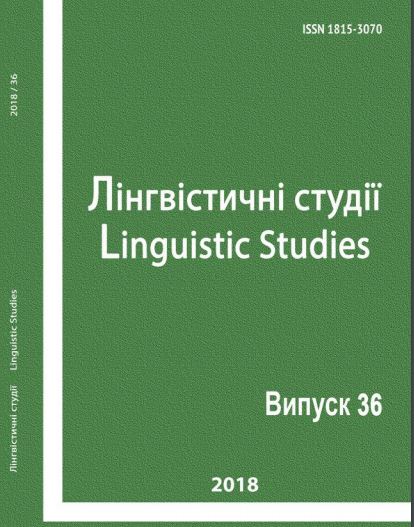Colour and its Role in the Australian Mass-Media Discourse.
DOI:
https://doi.org/10.31558/1815-3070.2018.36.12Klíčová slova:
colour and its theories, physical and psychological impact, multimodal communication, conceptual metaphor, advertisement, Australian mass-media discourseAbstrakt
Colour has played a very important role in many spheres of human excistence, that is why it became a very significant means of appealing to human brain, receptors and feelings. Scholars, scientists, educators, advertizers, marketeers, and copywriters have been analysing the role of colours and their potentials in such areas of human behaviour which imply and require modifications or manipulations. Colours have their meanings that are internationally understood (e.g. white is a colour of purity, red is a colour of romantisism, passion, power and aggression) but they may be culturally marked, symbolic, and polysemantic. At the same time colours have their grammar which enables them to combine with one another and other semiotic signs, including the verbal ones in order to achieve the communicative intentions of copywriters and interlocutors.Reference
Crowley, Ayn. “The two dimensional impact of color on shopping”. Marketing Letters 4 (1993): 59–69. Print.
Denysenko, Natalia. “Kolir u nashomu zhytti” (Colour in our Life). Doshkilne Vyhovannia (Preschool Education) 11 (2006) : 16–18. Print.
Dudynets, Tamara. “Psyhologichnyi vplyv kolioru na rozvytok osobystosti” (Psychological Influence of Colour on our Lives). Visnyk Psyhologichni nauky (Psychological Studies Herald) 10. (2007) : 27–34. Print.
Elliot, Andrew, and Maier Markus. “Color-in-context theory”. Advances in Experimental Social Psychology 45. The Netherlands: Elsevier Inc., 2012 : 61–125. Print.
Fairchild, Mark. Color Appearance Models. New York, NY: Wiley Press, (2013). Print.
Frank, Muth, and Gilovich Thomas. “The dark side of self and social perception: black uniforms and aggression in professional sports”. Journal of Personality and Social Psychology 54(1) (1988): 74–85 Print.
Hachkalo, Svitlana. “Vplyv kolioriv na psyhoemotsiinyi stan liudyny” (Impact of Colour on the Psychoemotional State of a Person). Osvita.ua. Web. 21 Nov. 2018.
Hill, Russel, and Barton, Robert. “Red enhances human performance in contests”. International Journal of Science 435 (2005) : 293. Print.
Goethe, Wolfgang. (1810) “Theory of Colors”. Translated by C.L. Eastlake. United States: Cambridge, Mass. (1970) : Print.
Goldstein, Kurt. “Some experimental observations concerning the influence of colors on the function of the organism”. Occupational Therapy 21 (1942) : 147–151. Print.
Kravkov, Sergej. “Tsvetovoe zrenie”(Colourful Vision). Moskva: Izdatelstvo Akademii Nauk SSSR (1951) : Print.
Meier, Brian, and Robinson, Michael. “The metaphorical representation of affect “. Metaphor and Symbol. 20 (2005) : 239–257. Print.
Nakshian, Jacob. “The effects of red and green surroundings on behavior”. The Journal of General Psychology 70 (1964) : 143–162. Print.
Sorokowski, Piotr, Szmajke, Andrzej. “How does the “red wins” effect work? The role of sportswear colour during sport competitions”. Human Movement 12 (4). University of Wroclaw (2007) : 367–373. Print.
Wittgenstein, Liudvig.”Kultyra i tsennost” (Culture and Value). Translated by L. Dobroselkiy. Moskva: Astrel (2010). Print.
Wright Angela. Colour Affects. Web. 25 Nov. 2018.


